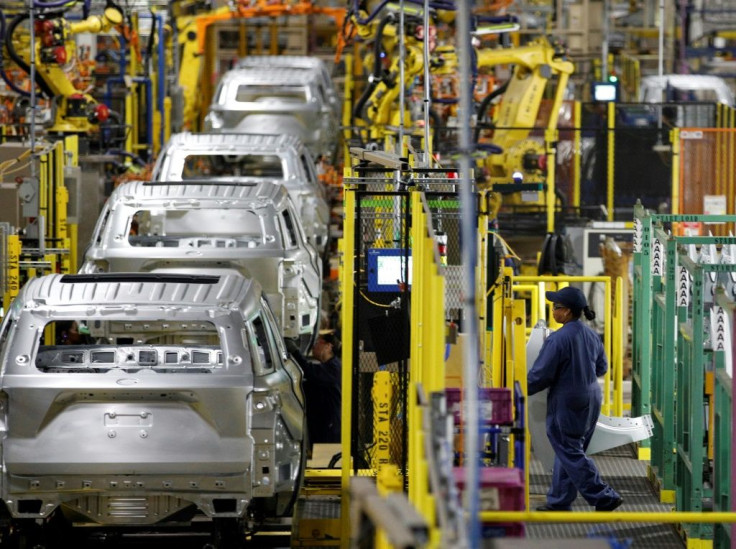US Economy: Manufacturing Improving After ‘Phase One’ Trade Deal With China

The Institute for Supply Management’s (ISM) index of national factory activity increased in January to 50.9%, its highest level since July. The index reading was 47.8% in December.
A reading above 50% indicates an expansion in the nation’s manufacturing sector.
The rebound comes as the U.S. and China signed a “Phase 1” trade deal last month, which would require Beijing to buy $200 billion in U.S. agricultural and manufactured goods over the next two years. In return, Washington would not implement its planned tariff increases on Chinese goods.
The deal would also require China to open up its financial sector to U.S. companies. In addition, Beijing would have to stop forcing U.S. firms to hand over their technology in exchange for access to Chinese markets, a practice known as forced technology transfer.
"Business has picked up considerably. Many of our suppliers are working at or above full capacity. Tariffs are still a concern and are believed to be a factor in short supply and higher prices of electronic parts. Our profit margin has been somewhat negatively affected by high tariffs, particularly on electronic parts from China," a respondent from the computers and electronic products industry told ISM.
"Our business is starting 2020 stronger than we finished 2019, as we saw a dramatic downturn in orders over the last four months of 2019. Orders are up to start the year, but slightly behind where they were one year ago," a respondent from the fabricated metals products industry said.
President Trump has touted the trade war with China as a strategy to bring back manufacturing jobs, but tariffs have had adverse effects on various industries across the country. Large retailers, such as Walmart, have said that the tariffs would force them to raise prices, hurting the U.S. consumer.
The manufacturing reading could reflect the broader U.S. economy.
U.S. GDP increased by 2.1% in the fourth quarter of 2019, indicating steady but slower economic growth.
© Copyright IBTimes 2025. All rights reserved.





















